The Spectral Core Gamma determines the quantity of various isotopes of radioactive elements in the core. Normally concentrations of uranium, thorium, potassium and the total radiation are measured; the graphical output allows comparing and correlating the core with the well registrations identifying interest zones and clay zone distribution. The spectral core gamma unit uses Canberra spectroscopy instrumentation and the Genie 2000 software (gamma calibration software)..
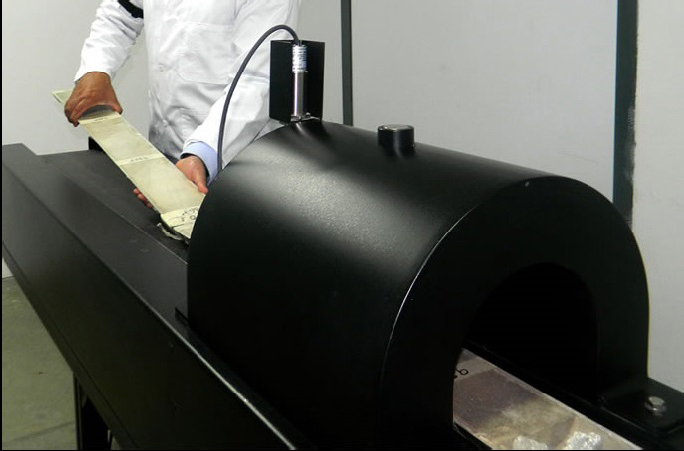
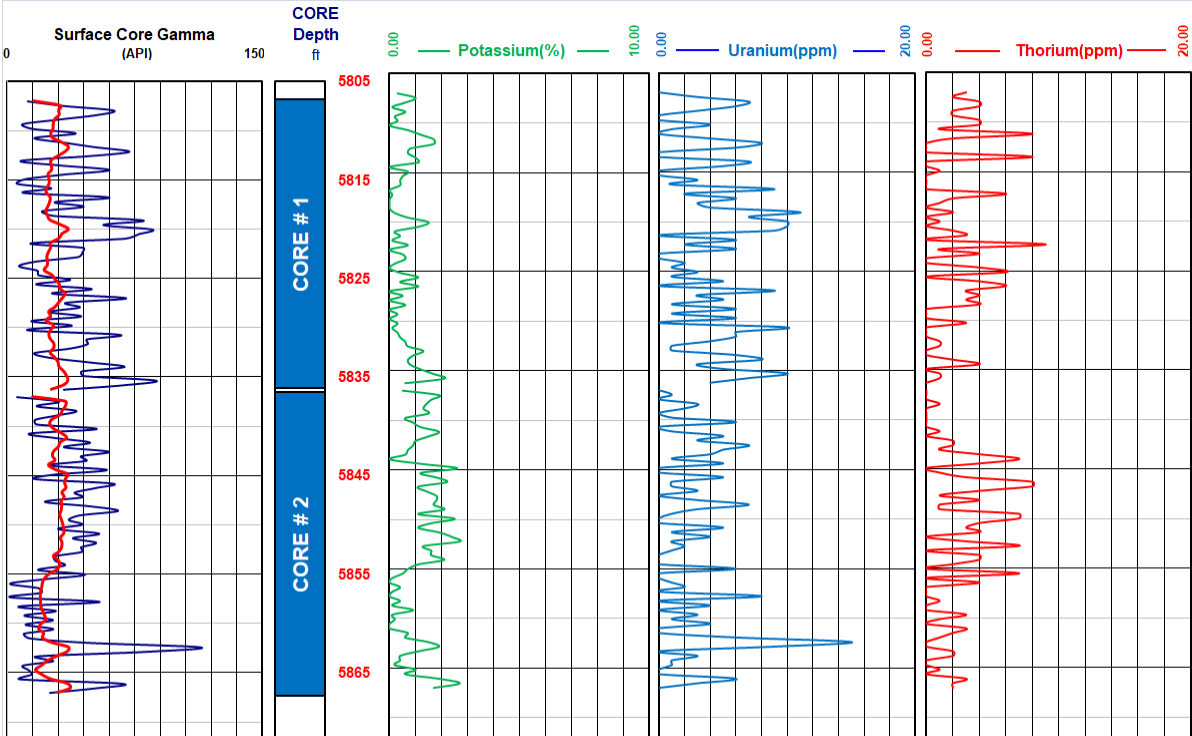
Basic core analysis begins with the extraction (cleaning) of fluids contained in the pore space of rock. Cleaning may be accomplished by passive Dean-Stark or Soxhlet extraction, solvent-flushing in a pressurized core holder or centrifuge, or gas-driven solvent-extraction. The more time consuming and nondestructive Dean-Stark distillation method provides an accurate measurement of fluid saturation(s) and allows for restored-state testing on the solvent-extracted sample. All solvent-extraction techniques affect the rock wettability to some degree and this must be considered when designing special core tests.
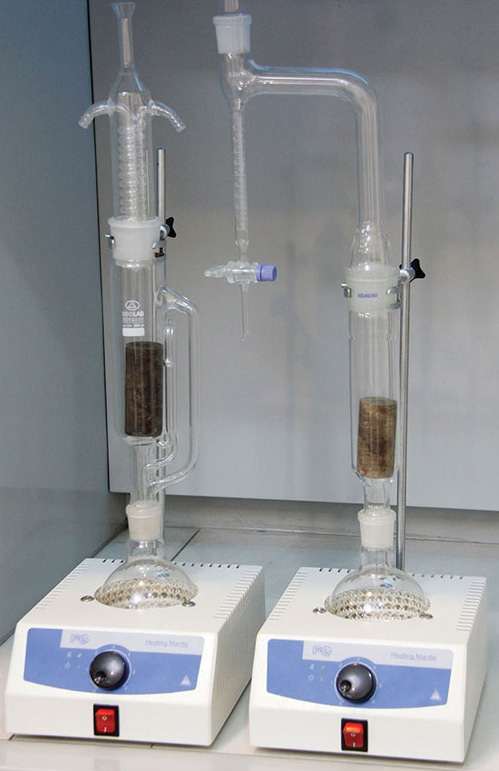
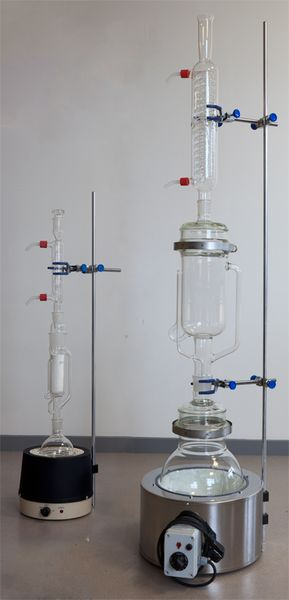
The summation-of-fluids method (Retort), which requires retorting the sample, is still commonly used in the evaluation of percussion sidewall samples. However, this method of obtaining fluid saturations is not used for cleaning. Retorting is destructive and its use in consolidated rocks is dwindling. When the objective of the analysis is to obtain saturation information.
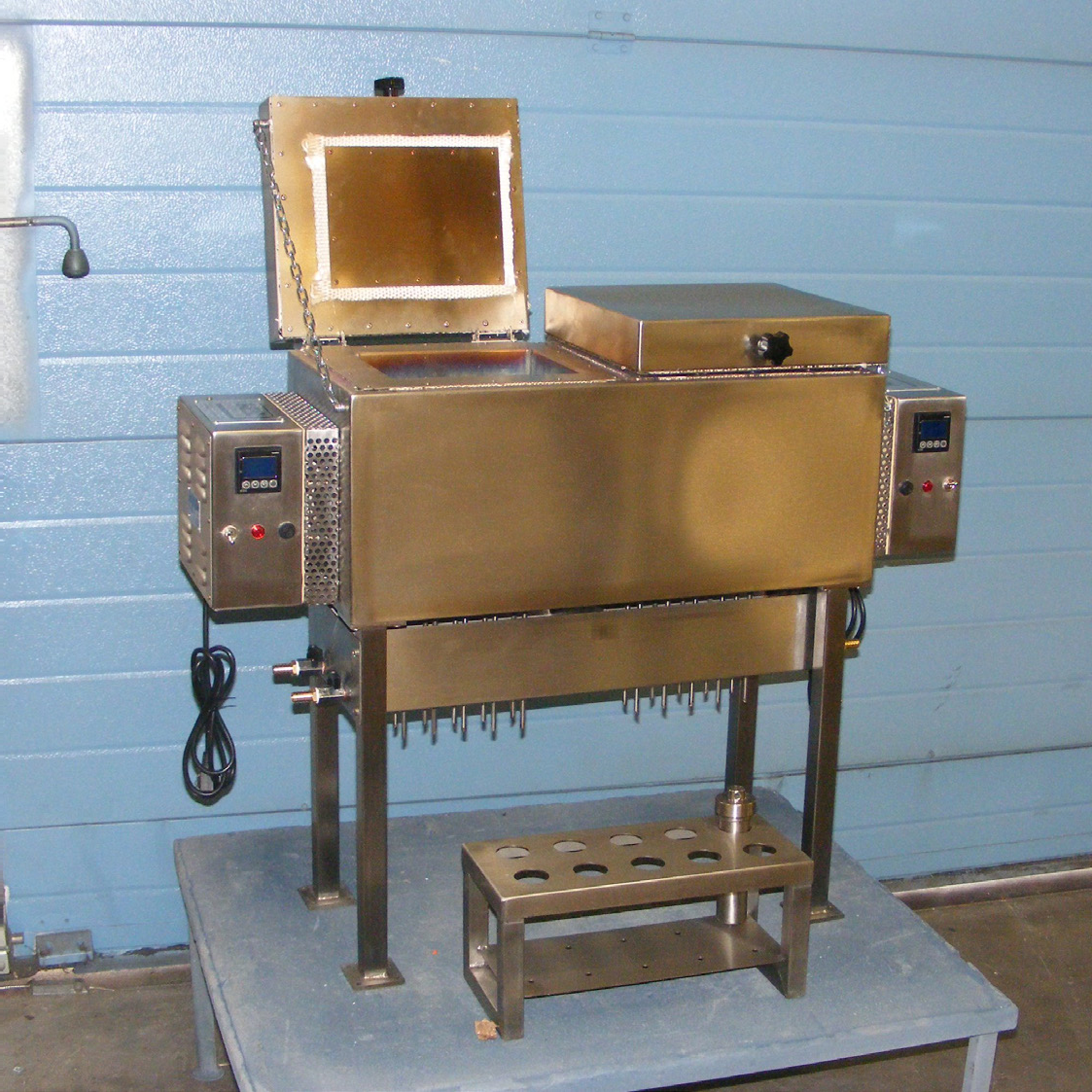
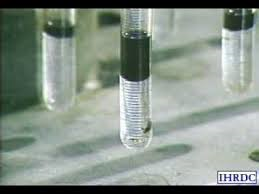
A number of techniques are employed for the measurement of porosity in consolidated rocks. Boyle's-law helium-expansion is a standard method for measuring either pore volume or grain volume. Bulk-volume measurements are generally determined by fluid displacement (Archimedes principle) or by callipering plug samples. With Boyle's-law and bulk-volume data, bulk and grain densities can be determined by also weighing the sample. These methods are accurate and reproducible if proper operating procedures are followed. CoreServ operators have established quality-assurance programs in an attempt to improve data quality from vendor laboratories.
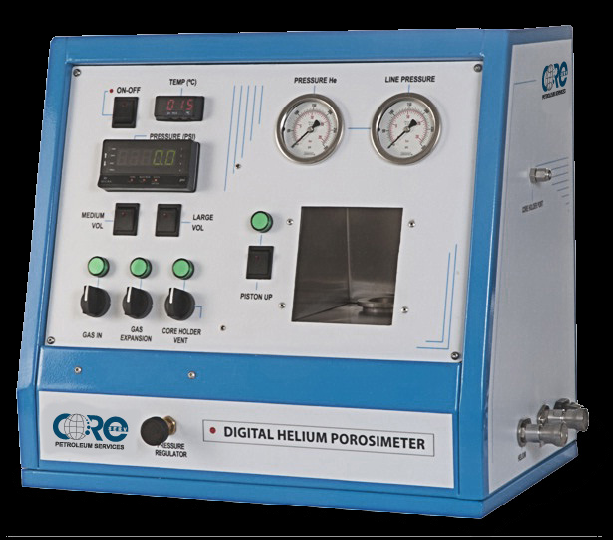
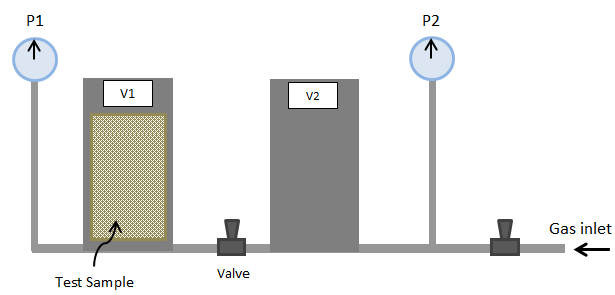
Routine single-phase permeability measurements are fundamental to understanding fluid flow in porous media. Darcy's law is the empirical expression used to explain the relationships among the variables involved in the flow of fluids through rocks. Direct (core-based) single-phase permeability measurements can be separated into four major categories: those utilizing a flowing gas under steady-state or unsteady-state (transient) conditions, or a flowing liquid under either condition. Most routine permeability measurements are made with gas, e.g., air, nitrogen, or helium. The use of unsteady-state single-phase gas permeability technology has increased since the mid 1980's. Porosity, air permeability, equivalent nonreactive liquid permeability (Kiinkenberg gas slippage), and Forcheimer (inertial) factors can be measured at overburden conditions in a single automated experiment. These data are useful in reservoir-engineering calculations and can be acquired quickly, even in low-permeability rocks. Significant progress has been made in developing instrumentation to perform probe (mini permeameter) permeability measurements. This concept was first described by, recent interest in small-scale reservoir heterogeneities, reservoir characterization, and outcrop evaluation has revitalized this technology. The probe permeameter has the advantage of making localized, nondestructive, and rapid measurements of permeability with a high resolution at a low cost. Permeability distribution may be examined in heterogeneous formations and explained in terms of depositional environment and diagenetic controls.Probe-permeameter measurements are performed by injecting compressed nitrogen or air through a small diameter injection tip, which is pressed against a rock surface. A rubber seal is used to prevent gas leakage past the probe. If the gas-flow geometry is known, permeability can be calculated from flow-rate and pressure measurements using an appropriate form of Darcy's law.
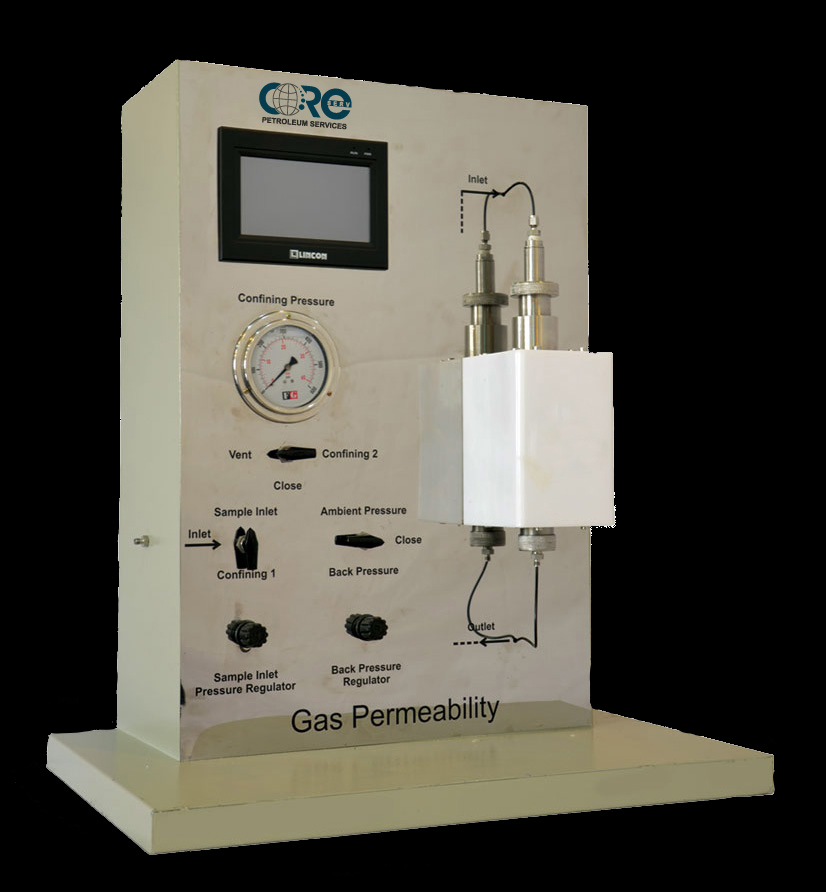
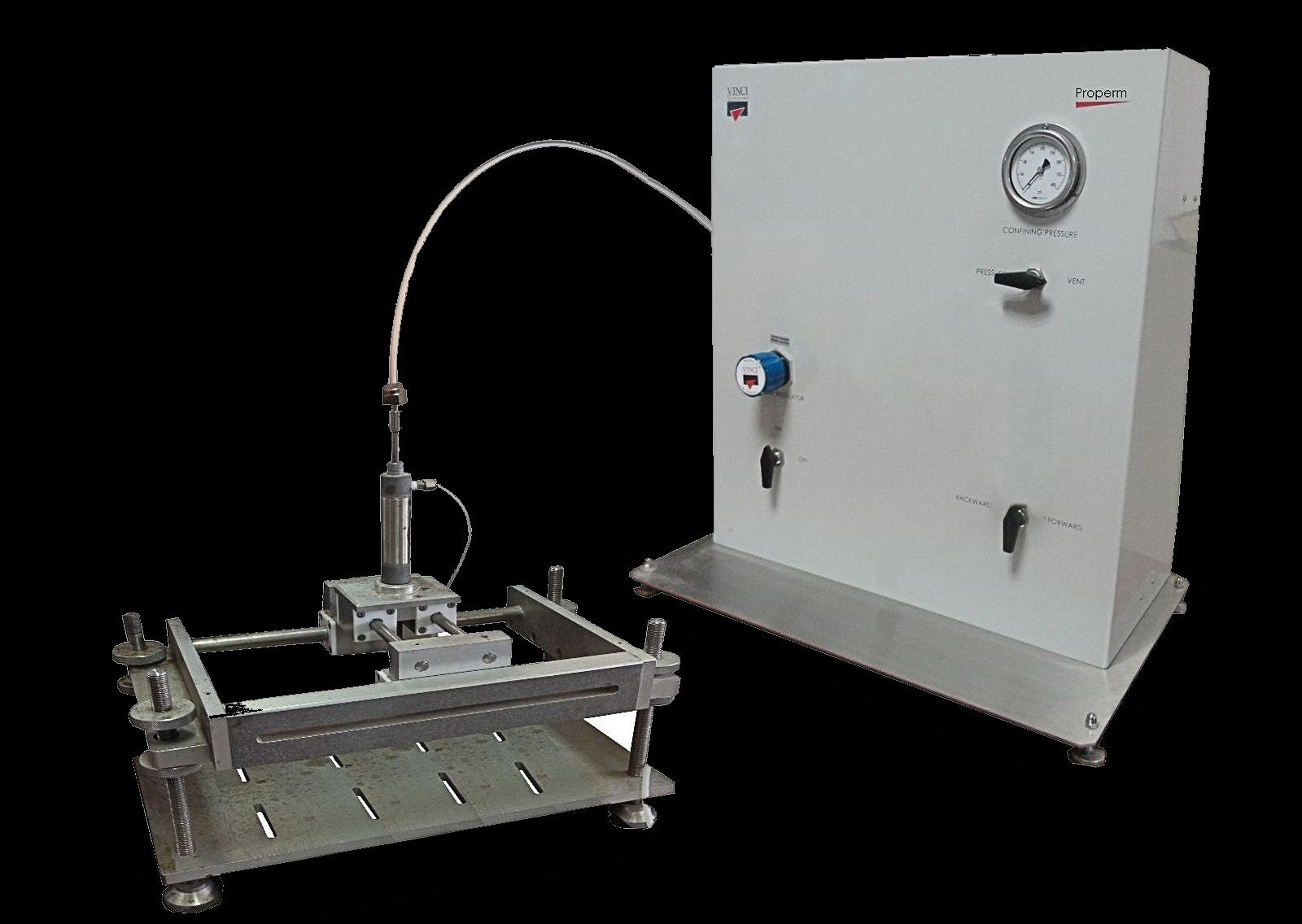
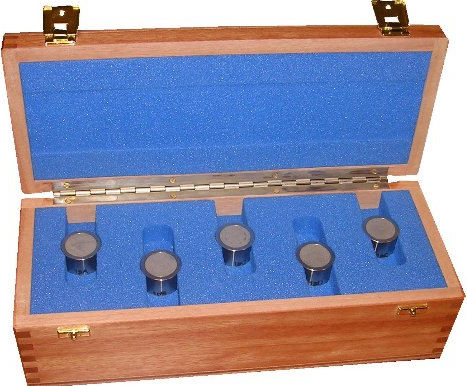
Copyright © 2018 - All Rights Reserved - www.core-serv.com